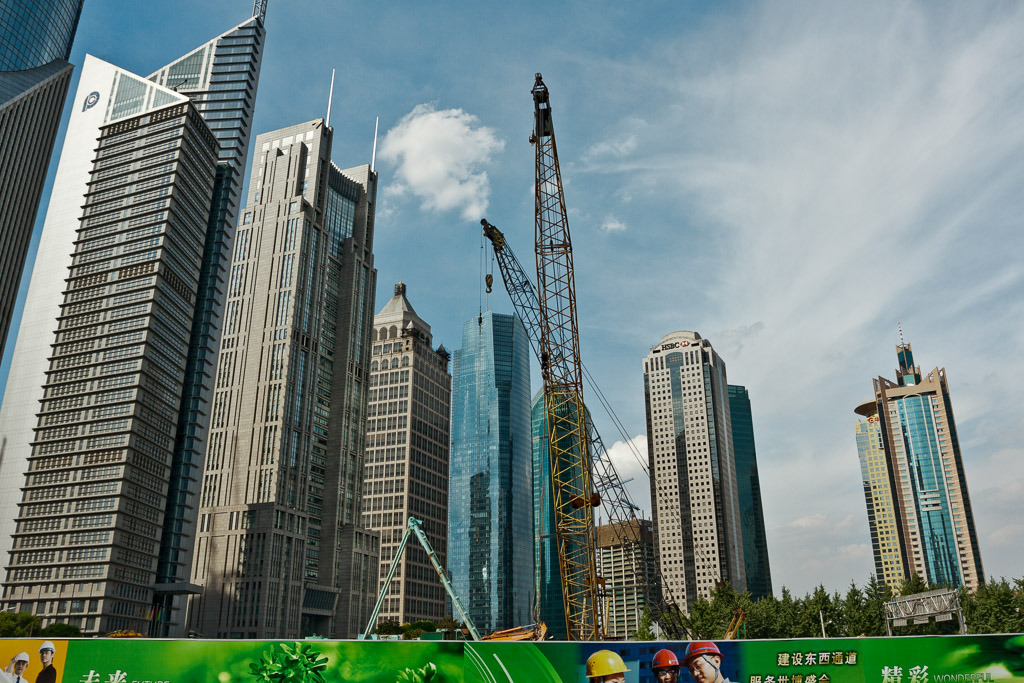

"It's primarily for safety," explains Qiao Shitong, associate professor of urban law at the University of Hong Kong. Cities with populations of less than three million people will be restricted from building above 150 metres, and those above 100 metres will have to match the scale and fire-rescue capacity of their locations. In addition, buildings taller than 250 metres will be "strictly" limited and will be carefully scrutinised as to whether they are really necessary. There are currently only ten buildings in the world that are taller than 500 metres, five of which are in mainland China, according to the Council on Tall Buildings and Urban Habitat. The National Development and Reform Commission, China's top economic planning body, has indicated that it will no longer give the green light to the construction of buildings taller than 500 metres. But what if that race is coming to an end? China, home to 44 of the world's 100 tallest buildings, has placed a ban on the construction of skyscrapers taller than 500 metres. In this blog we have looked at new ways to build them and have reviewed the historical race to construct ever higher. These megastructures have been used by many powers to showcase their technical and technological capabilities to the world. Skyscrapers have been a symbol of power for decades. Annual Report and Individual financial statements.Yang expects fewer unfinished buildings in the future as the government puts more restrictions on how much developers could borrow, although disputes caused by past projects could take a long time to resolve.

Yang Yang, an assistant professor of real estate at the Chinese University of Hong Kong, said Chinese developers tended to sell apartments years before construction finished, and use the pre-sale revenues to fund the construction.īut when demand drops due to population outflow, slowing economic growth, and land oversupply, developers facing a cash crunch could be forced into abandoning their projects, she said. They could be demolished or taken over by new developers. In Kunming, the capital of Yunnan province, authorities counted 93 unfinished property projects, an official said in April, adding the government aimed to bring them back to life by next year. Sunshine City was one of many projects that had been abandoned for years. Water was later sprayed into the sky to soak up the dust. “I have never seen buildings blown up before.”įollowing the blast, the entire neighborhood was shrouded in dust, the livestream showed. “This is the most exciting moment,” a woman in the crowd told the reporter. Many local residents, including children, turned up to watch the explosion on the day, according to a livestream of the event by Chuncheng Evening News. More than 5,300 residents had to be evacuated for the work, and each household received about $23 in compensation, the report said. The demolition on August 27 required 4.6 metric tons of explosives, installed at some 85,000 detonation points on the buildings, Kunming Daily reported. Citing quality defects of the unfinished buildings, the developer applied to have them demolished to make space for new, lower-rise apartment buildings. In November 2020, another company acquired the housing project’s developer along with its $3.6 million debt. The high-rises had been sitting idle since then. Work on the residential project stopped in 2013. The developer soon ran out of money and was acquired by a new company. Some of the vacant neighborhoods filled up later on, but in some cases, the newly-built, dazzling urban spaces struggled to find occupants or even funding to finish construction projects.Ĭonstruction of the Kunming complex, named Sunshine City II, began in 2011.


 0 kommentar(er)
0 kommentar(er)
